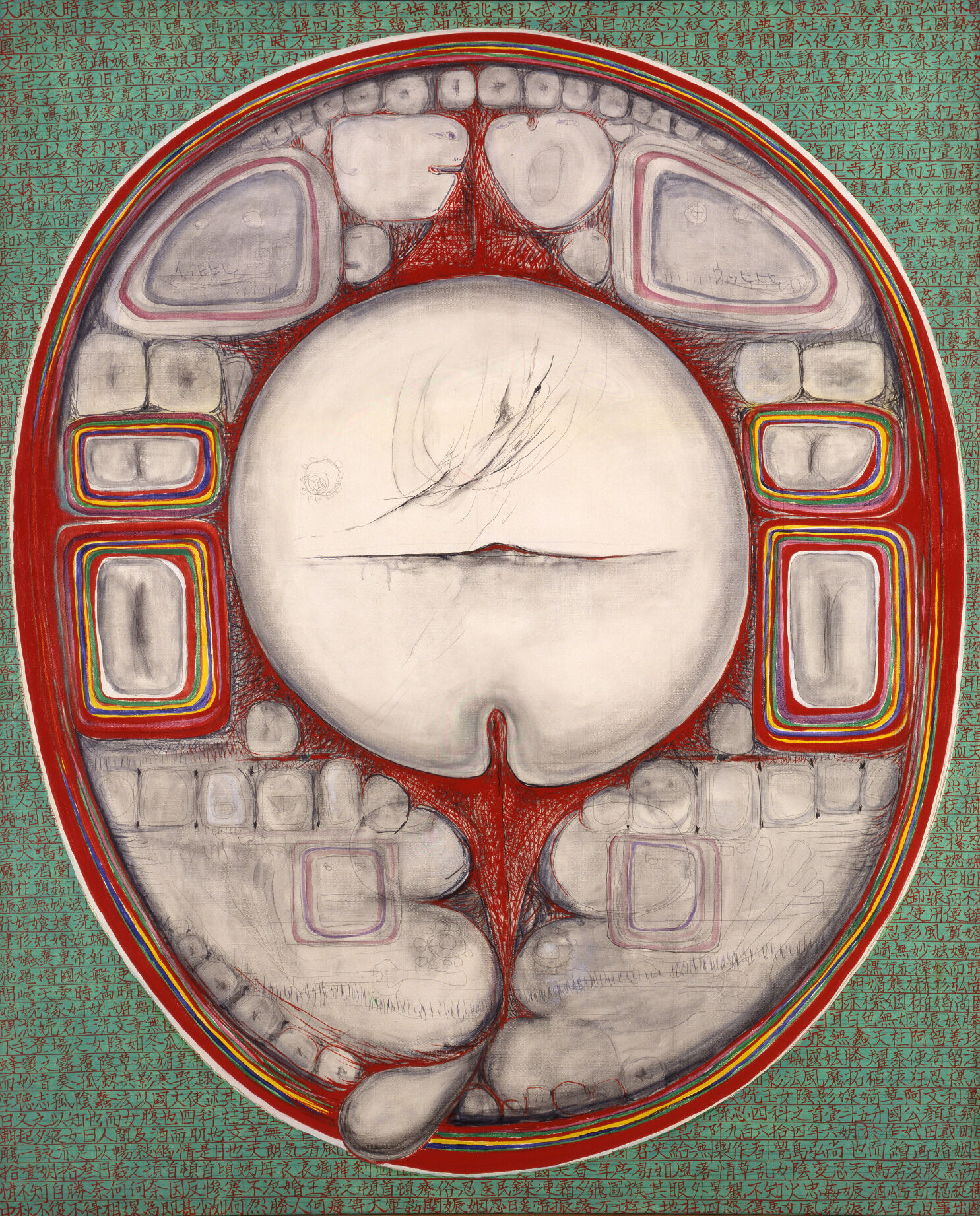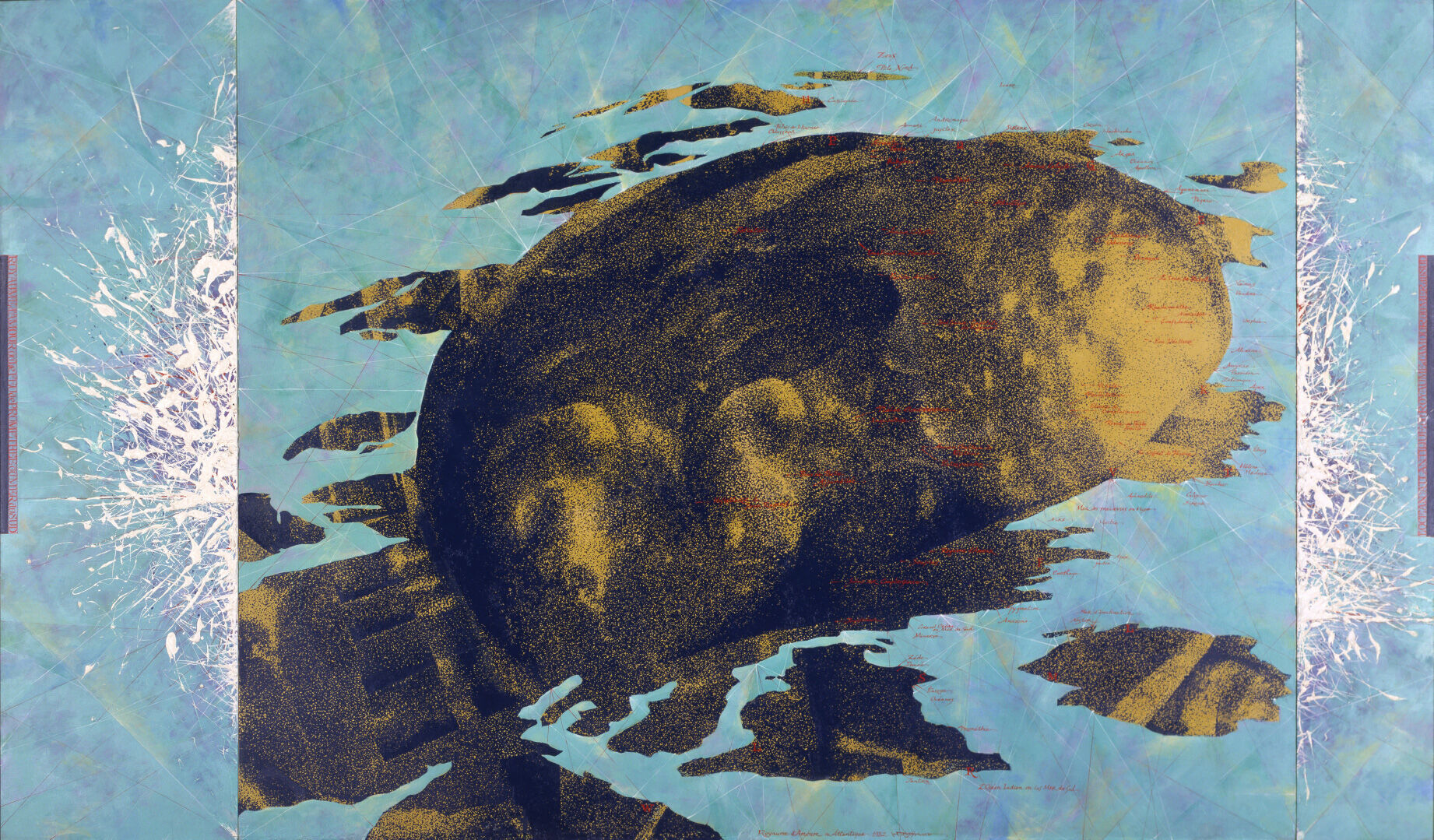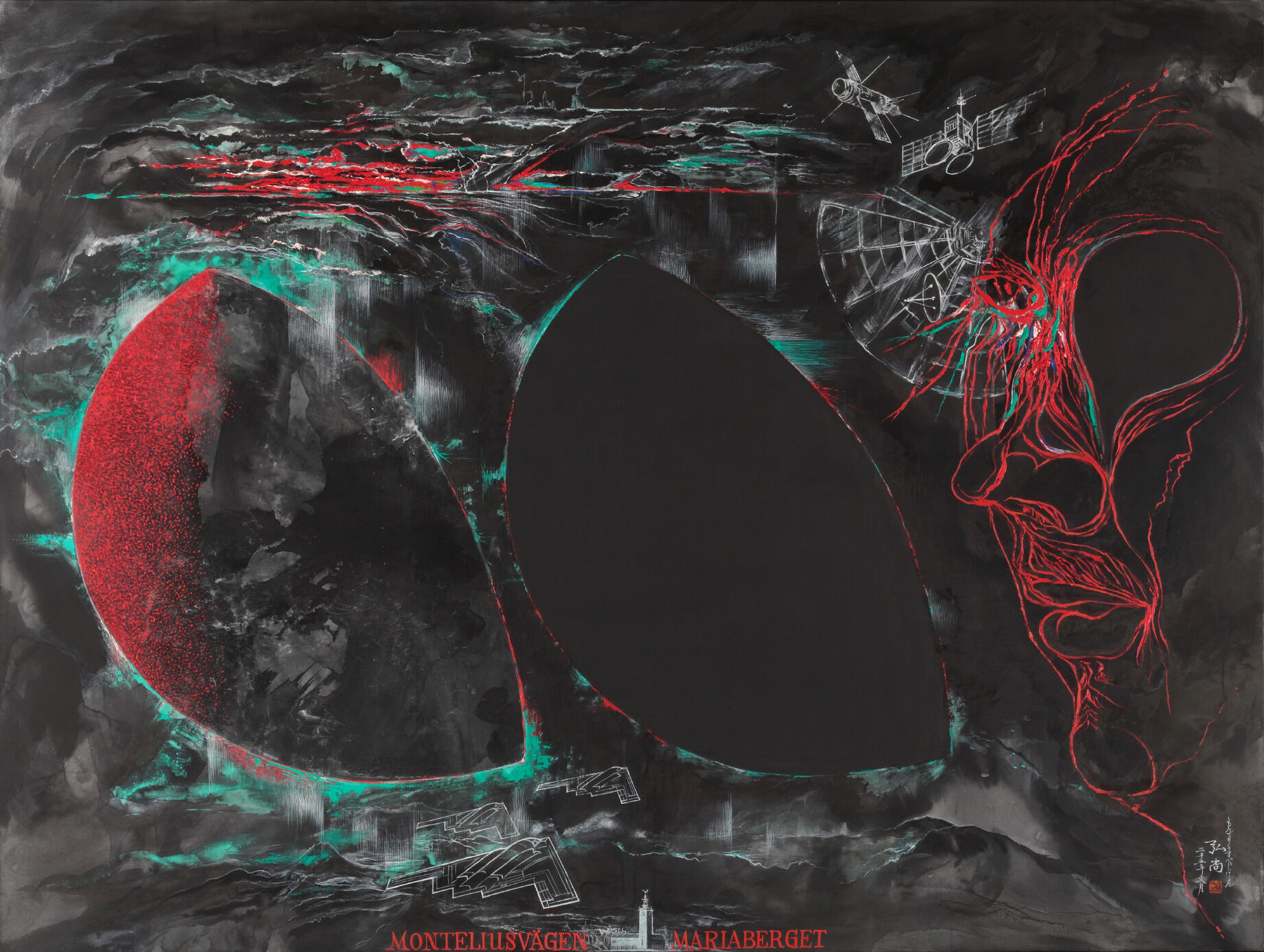TOYOSHIMA Hironao[1933-2013]
TOYOSHIMA Hironao was born in 1933 in the town of Yokohama in Aomori Prefecture’s Kamikita District. His older sister TOSHIMA Kazuko (1929-2011) was a renowned creative dancer active since the early days of Western-style dance in Japan, and his younger brother TOSHIMA Shigeyuki (1946-2019) was a psychiatrist by occupation but also led the internationally recognized troupe “Molecular Theatre” as a stage director.
In 1940, Hironao’s family moved to Hachinohe City, where he lived from elementary school to high school. In 1953, he enrolled in the Painting Department in the Faculty of Fine Arts at Tokyo University of the Arts with a specialization in oil painting. In 1956, he formed the “Neo-Expressionism Exhibition” together with other painters such as Haruo Inaba, Nao Takayama, and Junzo Watanabe. He graduated from Tokyo University of the Arts in 1957 and won the university’s Ataka Prize in that same year. After presenting in the 1964 Indépendant Exhibition, he participated in the special exhibition “Seven Deaths” at the Tsubaki-Kindai Gallery together with artists such as Tatsuo Ikeda, Shinjiro Okamoto, Shizuo Hariu, and Akira Baba in the following year, figuring prominently at the forefront of the art scene as a neo-expressionist painter.
He also participated enthusiastically in overseas exhibitions, winning a purchase prize at the Fourth International Print Biennial in Krakow in 1972 as well as a special award at Graphica Creativa (Finland) in 1975. From 1974 to 1975, he resided in North America and Scandinavia as part of a program by the Japanese Agency for Cultural Affairs to send artists overseas. Inspired by the natural scenery and mythology of Scandinavia, he produced many works on the themes of outer space and the circle of life while incorporating decorative motifs. He also made art while living in Scandinavia from 1987 to 1991.
Around 1997, he began his “Seed” series, in which he extended his imagination to transparent cosmic spaces and the realm of stars in the far north to explore “forms of life.” Making heavy use of materials such as silver foil, pigment, and India ink as well as oil paint, he sought to merge celestial and earthly worlds as expressed by the series’ title, which means to seed the sky with life. One work in the series, Seed Scattering over the Sky (Father’s Crown of Stars), received the 21st Seji Togo Memorial Yasuda Kasai Museum of Art Grand Prix Award.
In 2002, the large-scale retrospective “Mesmerized by the Light of the North: Toyoshima Hironao Exhibition” was held at the Hachinohe Art Museum in his hometown. In 2006, the retrospective “Toyoshima Hironao Exhibition: Continually Burning Landscapes” featuring works selected by Toyoshima himself was held at the Ikeda Museum of 20th Century Art (Shizuoka). He also won the Michiaki Kawakita Award at the “Eyes of East and West Exhibition” in 2008. “Scandinavian Myths of the 22nd Century” held at Gallery Sicoh (Tokyo) in 2012 was his last solo exhibition. He died at the age of 79 in the following year.
While surrounding himself with the trends of postwar avant-garde art, TOYOSHIMA Hironao maintained close connections to the culture of his native Aomori in his work. The Aomori Museum of Art holds in its collection a total of 135 works that will allow viewers to trace his lifelong artistic career.

《A head with compound eyes 64-C》
1964
oil on canvas
162.0×130.3cm

《Atlantis82-3》
1982
oil on canvas
182.0×307.0cm

《MONTELIUSVAGEN》
2005
ink, mineral pigments, oil on canvas
194.0×259.1cm

